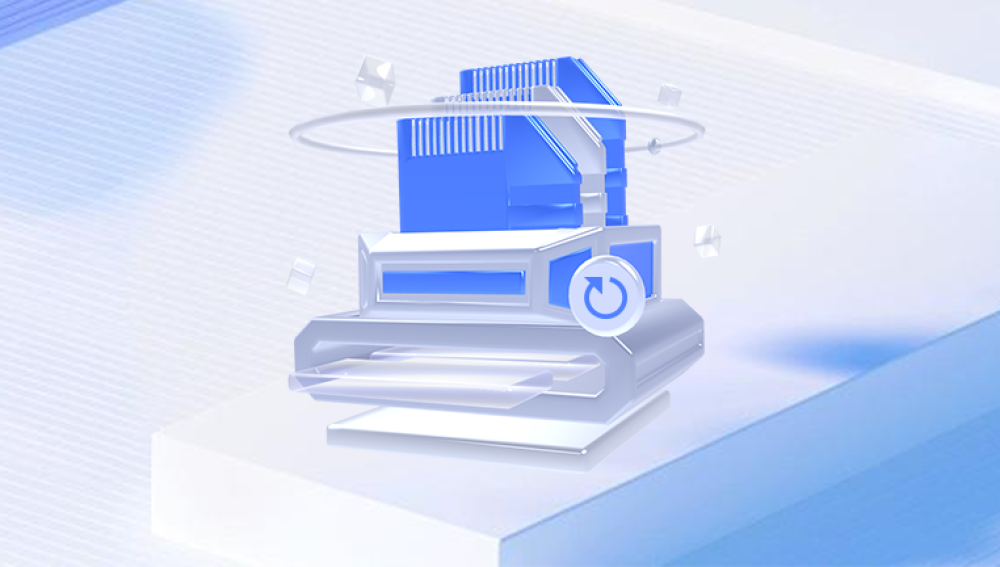The scenario of accidentally deleting photos from an SD card is a common one. Whether it happens through a simple mistake, a corrupted file system, or even a formatting error, the result is often the same: cherished memories are lost. However, before you lose hope, there are ways to recover those erased photos from an SD card.
How Photos are Deleted from an SD Card
When you delete a photo from your SD card, it doesn’t immediately disappear. In fact, the photo remains on the card until new data overwrites it. The deletion process only removes the pointers to the file, making it invisible to the operating system. This is why photo recovery is often possible unless the space the photo occupied has been overwritten with new data.
There are different ways photos may get deleted or lost from your SD card:
Accidental Deletion: This is the most common reason for photo loss. Users may press the wrong button or delete files while trying to organize them.

Corruption: The SD card’s file system can become corrupted due to improper ejection, power failure, or file system errors.
Formatting: If you accidentally format your SD card, all files are erased, but the data can often still be recovered.
Physical Damage: While physical damage to the SD card can make data recovery difficult, some photos might still be retrievable if the card is not too badly damaged.
Virus or Malware: Infections can cause data loss or corruption of files, which may render your photos inaccessible.
Step 1: Stop Using the SD Card
The moment you realize your photos are missing, stop using the SD card immediately. If you continue to take new photos or add new files to the card, there’s a risk that new data will overwrite the erased photos. This will make recovery much more difficult or even impossible.
Step 2: Assess the Condition of Your SD Card
Before jumping into recovery tools, it’s important to assess the condition of your SD card:
Check for Physical Damage: Inspect the SD card for any signs of physical damage like cracks, bends, or corrosion. If the card is physically damaged, you may need professional recovery services.
Check the Card Reader: Sometimes, issues with the SD card might not be due to the card itself, but because of the card reader or your device. Try using a different card reader to rule out this possibility.
Test the Card on Another Device: If you’re using the SD card in a camera or smartphone, try inserting it into a different device to see if the photos are still visible. This can help confirm if the problem is with the card itself or the device.
Step 3: Choose the Right Photo Recovery Tool
Several data recovery tools are available that can help you recover deleted photos from an SD card. Some of these tools are free, while others require a paid license for full functionality. Here are some top recovery software options you might consider:
Drecov Data Recovery
Drecov Data Recovery is an effective software designed to recover lost files from various types of storage devices, including SD cards. The software is known for its user-friendly interface and high success rate when it comes to photo recovery.
Step 4: Install and Launch the Recovery Software
Once you've selected the recovery tool, follow these general steps to begin the recovery process:
Download and Install: Download the software from the official website of the recovery tool you've chosen. Avoid downloading recovery software from unofficial sites to prevent malware or viruses. Follow the on-screen instructions to install the tool on your computer.
Connect Your SD Card: Insert the SD card into the card reader and plug it into your computer. If you're using a camera or other device, connect it via USB cable to the computer. Ensure that the SD card is properly recognized.
Launch the Recovery Tool: Open the recovery software. Most tools will automatically detect the connected SD card. If the software doesn't detect your SD card, try restarting your computer or reconnecting the SD card.
Step 5: Select the SD Card and Scan for Deleted Photos
Select the SD Card: In the recovery tool, select the SD card as the device you wish to scan for deleted files. If the SD card is not automatically recognized, make sure it is properly connected to your computer.
Choose Scan Type: Most recovery tools offer two types of scans:
Quick Scan: A quick scan will look for files that were recently deleted. This is faster and may recover recently deleted photos.
Deep Scan: If a quick scan doesn’t yield the desired results, you can opt for a deep scan. This will search through the card’s entire file structure, even for files that have been deleted for a while. A deep scan is slower but more thorough.
Start the Scan: Click the scan button to begin the process. Depending on the size of your SD card and the number of deleted files, the scan can take anywhere from a few minutes to an hour or more.
Step 6: Preview and Recover Photos
Once the scan is complete, the recovery software will display a list of recoverable files. The recovered files are typically organized by file type (e.g., photos, videos, documents).
Preview the Photos: Most recovery tools allow you to preview the recovered photos before you restore them. This can help you ensure that the right files are being recovered.
Select the Photos to Recover: Choose the photos you want to recover. If there are too many files, you can use filters or the search function to narrow down the results to images only.
Recover the Photos: Once you’ve selected the photos to recover, click the “Recover” button. Choose a location on your computer or an external drive to save the recovered photos. Do NOT save the recovered files back to the SD card, as this can overwrite the data you're trying to recover.
Step 7: Check the Recovered Photos
After recovery, check the files to ensure they are intact. Sometimes, recovered files may appear corrupted or incomplete, especially if parts of the file were overwritten. If that’s the case, you might want to attempt recovery again using a different method or tool.
Step 8: Prevent Future Data Loss
To avoid losing your photos again, consider these best practices:
Back Up Your Photos Regularly: Use cloud storage services or external hard drives to back up your photos regularly. This ensures that even if something happens to your SD card, your photos are safe.
Use Reliable SD Cards: Invest in high-quality SD cards from reputable brands. Poor-quality or counterfeit SD cards are more prone to corruption and data loss.
Eject the SD Card Properly: Always eject your SD card safely from your devices to avoid file system corruption.
Avoid Overwriting: Once you’ve lost data, avoid taking new photos or saving other files to the SD card. Overwriting can make recovery more difficult.




